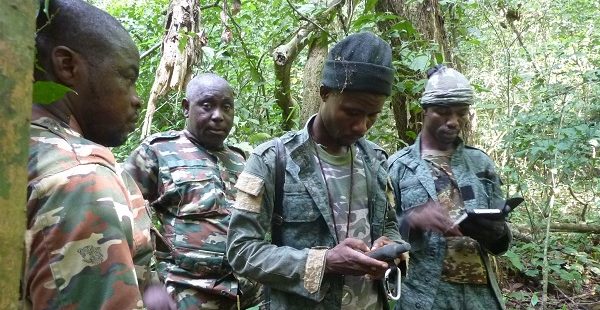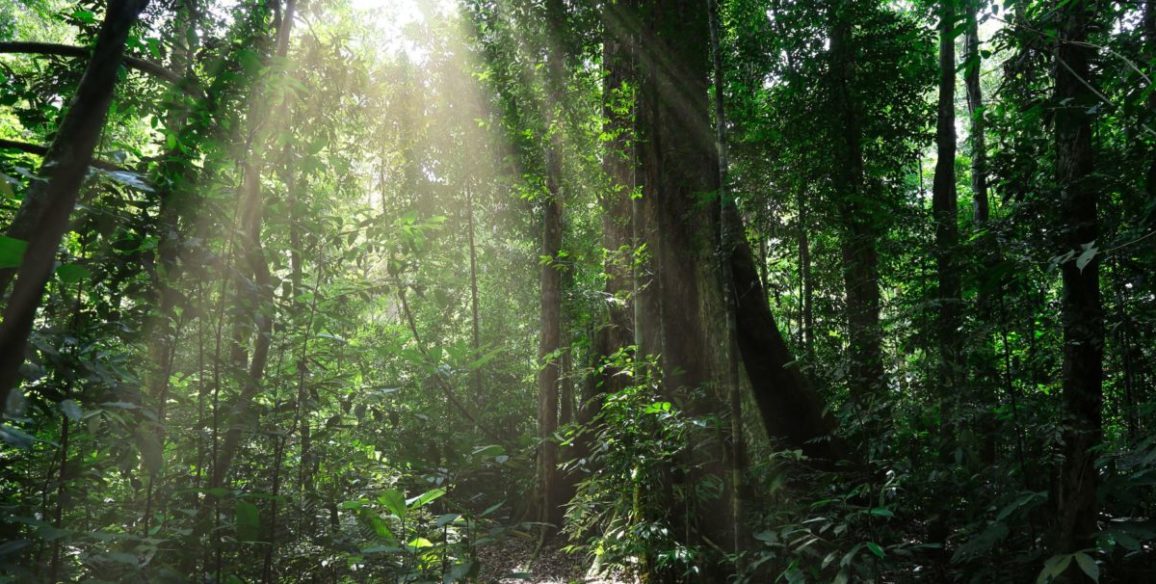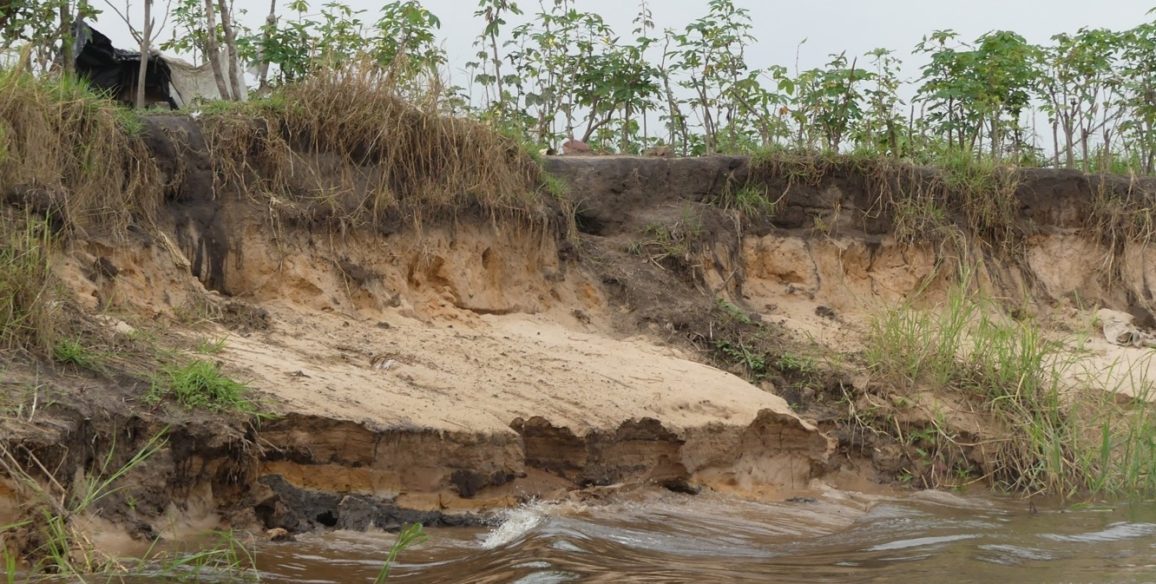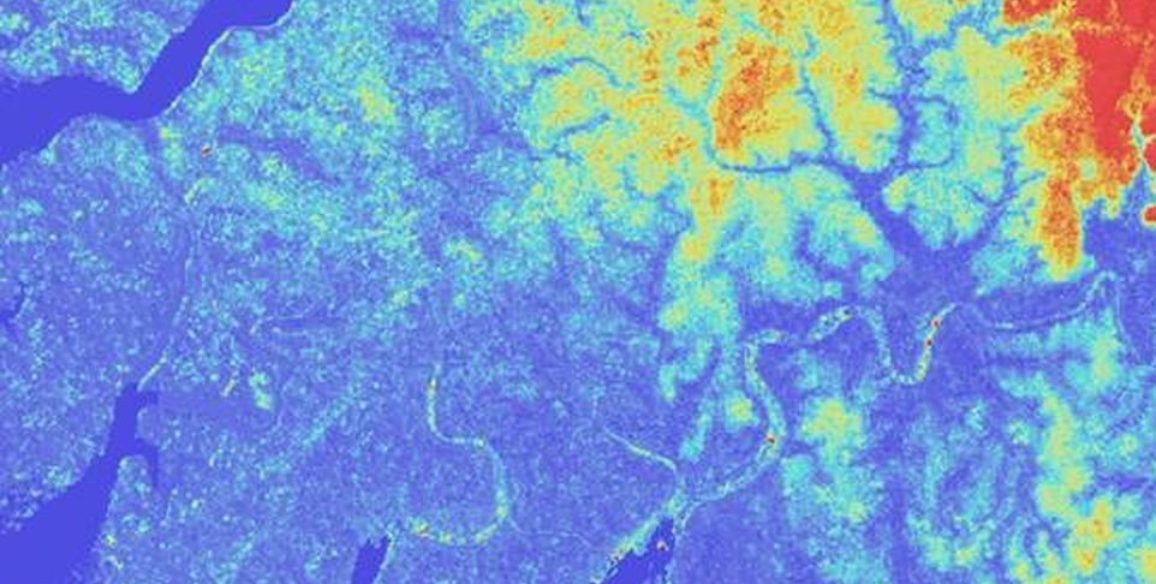National forest and wildlife inventory (IFFN), IVORY COAST
The last national inventory of forests in Ivory Coast dates back to 1979. The current assessment of Ivory Coast’s forests as measured by satellite imagery among other methods shows a clear trend of deforestation and deterioration of forest resources. It appears that the Ivorian forests shrank from 7.8 million hectares in 1990 to 3.4 million hectares in 2015.
This deterioration is thought to be having a huge impact on the rural forestry sector as well as on classified forests, with an annual deforestation rate of between 3 and 4%. Many species of wildlife are under threat as their habitats are disappearing. Some, such as elephants, are iconic, but other less well-known species are fascinating. An example is the Taï chimpanzees which have a unique culture of making tools, passed on from generation to generation. The country’s forests are also home to the very rare pygmy hippopotamus.
The National Forest and Wildlife Inventory (IFFN) will provide the Ivory Coast government with better knowledge and allow it to better quantify its resources, to develop and adopt a national strategy to protect and manage them, and to develop the tools to achieve this goal.
Objectives and deliverables
The aim of this project is to carry out the second national forest inventory of forest (woody and non-woody), wildlife and wetland resources in Ivory Coast, with a view to acquiring information and data of strategic importance, to be used in the pursuit of public actions designed to ensure the sustainable management of these resources.
The updated information will cover forests (both woody and non-woody resources), wetlands and wildlife resources in order to deliver: (i) better knowledge of these national resources; (ii) sustainable use of the forest ecosystems; and (iii) better allocation of the forests and land to different categories of users (national government, local authorities, rural communities, private sector, etc).
In due course this national forest inventory will aim to provide up-to-date data to policy makers, administrators, users and forestry sector partners to enable them to develop better and more appropriate policies, programmes and strategies with a view to:
- Encouraging sustainable forestry practices, particularly with regard to sustainable methods of exploiting forest resources, implementation of the national re-forestation plan, control of timber harvesting and the sale of wood and non-wood products,
- Developing an improved national land use plan,
- Delivering better environmental and social-economic monitoring using reliable reference data,
- Supporting the development of simplified development plans for timber concessions in the State’s rural forest areas as provided for by the law n°2014-427 dated 14 July 2014 of the Forestry code,
- Encouraging long-term funding of forestry development in Ivory Coast. The scope of the study will cover all the country’s forest and rural land with the aim of knowing what are the existing forest resources and what is the potential for replenishment, specifically with a view to supporting the national re-forestation plan and the national land use plan. The national forest inventory will cover two large categories of forests: the State’s permanent forest estate and the State’s rural forest estate (areas still covered by natural forests, fallow land, cultivated land, forestry plantations, classified forest and protected area wetlands, village community forests, privately owned forests, etc).
The IFFN project is made up of the following components:
- Inventories produced on the ground by Ivorian technicians:
- Data processing and analysis
- Presenting the results, in particular at a national workshop to be held in Abidjan at the end of the project
- Capitalising on the knowledge gained and raising public awareness of the issues connected with deforestation.
The following outcomes are expected at the end of the project:
- The updated data in relation to forest resources (structure and composition of forest stands, production potential and biomass/carbon potential) have been processed and are available
- The updated data in relation to social and economic surveys have been processed and are available (typology of sampling unit types – SU – and of households)
- The updated data in relation to wildlife (distribution and concentrations depending on the methodology used) have been processed and are available
- Data quality has been checked
- Government officers and technicians have been trained in the methodology and protocols to be used for the collection of IFFN data
- A permanent organization for long-term IFFN monitoring has been identified and formalized
- The project results have been capitalized, published and widely disseminated.
Key Figures
- Duration 24 months
- Permanent team: 5 international experts + 8 technicians
- + 11 international experts on short-term missions
- 1,417 sampling units visited on the ground for the forest inventory
- 994 transects visited on the ground for the wildlife inventory
Watch the film to gain a better understanding of the issues and challenges facing the project,
the link: https://www.youtube.com/embed/ha9XUw78ifE
Watch the film on data collection,
the link : https://www.youtube.com/watch?v=rMmgV5HcYcc




